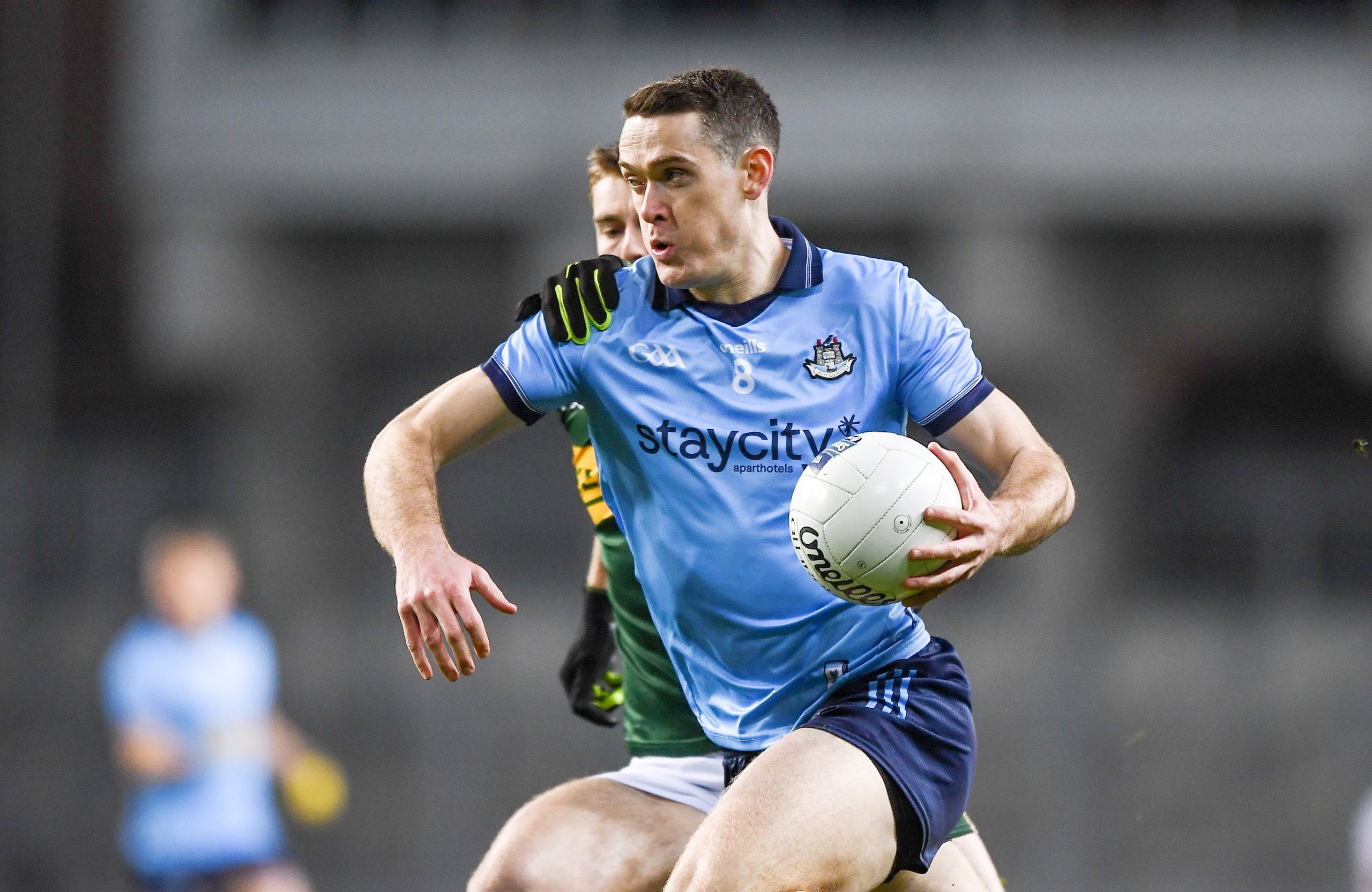IN Gaelic football, running is at the heart of the game, but that doesn’t mean all conditioning has to be done on the pitch. Off-feet conditioning, also known as cross-training, is an effective way to build fitness without adding unnecessary running load. When used correctly, it can help players improve endurance, maintain fitness during injury, and even reduce injury risk over a long season. I like to use off-feet conditioning towards the injured player or top ups.
What is Off-Feet Conditioning?
Off-feet conditioning involves training the body’s energy systems without the impact of running. Common methods include bike work, rowing, swimming, and using equipment like Watt Bikes or Ski Ergs. While it won’t replace running, it is a valuable tool to complement pitch-based training.
The Benefits of Off-Feet Conditioning
Some coaches avoid cross-training because they don’t believe it transfers directly to running performance. While the movement patterns may differ, the physiological benefits are clear. Off-feet conditioning improves heart function, increases oxygen delivery to muscles, and enhances recovery between games/training.
In elite endurance sports, most training is done at low intensities to maximize long-term aerobic gains. Gaelic footballers can take a similar approach by using low-intensity, steady-state cross-training (LISS) to build fitness while avoiding excessive fatigue.
Another key benefit is improved recovery. Training in lower heart rate zones through cross-training sessions helps the body adapt without adding unnecessary stress. This can lead to better decision-making and reduced fatigue during matches.
How to Use Off-Feet Conditioning in Gaelic Football
Cross-training can be integrated in different ways, depending on the goal:
Low-Intensity Sessions (LISS): Long, steady sessions (30-45 minutes) at 80-85% effort to build aerobic fitness.
• Extensive Intervals: 8-minute efforts with 3-minute rest periods to develop endurance without overloading the legs.
• High-Intensity Intervals (HIIT): Short bursts (30-60 seconds) at 100% effort to maintain match fitness without running.
• Tabata Training: 20 seconds on, 10 seconds off for multiple rounds, great for simulating game intensity.
Using these methods, coaches can tailor sessions to the needs of individual players, whether they need extra fitness, injury rehab, or recovery-focused training.
Example Tabata Workout via Assault Bike
– 5 minute warmup at 50-55 RPM.
– 10-12 rounds of 20:20 but maintain RPM of 65-75 per round.
– 5 min cool down.
Final Thoughts
Off-feet conditioning is not a replacement for running, but it is an effective way to keep Gaelic footballers in top shape without unnecessary wear and tear. By incorporating it strategically, players can improve endurance, recover faster, and reduce injury risk while still maintaining the fitness levels needed for the demands of the game.
Gaelic Athletic Academy
Shane Rice
Receive quality journalism wherever you are, on any device. Keep up to date from the comfort of your own home with a digital subscription.
Any time | Any place | Anywhere















